Home>Gardening & Outdoor>Landscaping Ideas>How To Get Dormant Grass To Grow


Landscaping Ideas
How To Get Dormant Grass To Grow
Modified: February 18, 2024
Learn effective landscaping ideas to revive dormant grass and promote healthy growth. Discover expert tips for transforming your lawn into a lush, vibrant oasis.
(Many of the links in this article redirect to a specific reviewed product. Your purchase of these products through affiliate links helps to generate commission for Storables.com, at no extra cost. Learn more)
Introduction
Reviving a dormant lawn can be a rewarding and transformative process, breathing new life into your outdoor space. As the seasons change and temperatures fluctuate, it's not uncommon for grass to enter a dormant state, appearing lackluster and brown. However, with the right approach and a touch of patience, you can coax your dormant grass back to its lush, vibrant state.
In this comprehensive guide, we will explore the essential steps to rejuvenating dormant grass, from understanding the nature of dormant grass to the meticulous process of soil preparation, choosing the right grass seed, and the crucial steps of seeding, watering, and fertilizing. Additionally, we will delve into maintenance tips to ensure the long-term health and beauty of your revitalized lawn.
Whether you're a seasoned gardener or a novice enthusiast, this guide will equip you with the knowledge and techniques needed to breathe new life into your dormant grass. By following these expert tips and putting in the necessary effort, you can look forward to enjoying a verdant and inviting lawn that enhances the beauty of your outdoor space. So, let's embark on this rejuvenating journey and unlock the secrets to getting your dormant grass to flourish once more.
Key Takeaways:
- Revive dormant grass by understanding its needs, preparing the soil, choosing the right grass seed, and providing meticulous care. With patience and knowledge, transform your lawn into a vibrant outdoor space.
- To revive dormant grass, clear debris, aerate soil, choose the right grass seed, seed meticulously, and provide proper watering and fertilizing. Ongoing maintenance ensures a lush and resilient lawn for years to come.
Read more: When Is Grass Dormant
Understanding Dormant Grass
Dormant grass is a natural response to adverse environmental conditions, such as extreme temperatures, drought, or insufficient sunlight. During dormancy, grass conserves energy and moisture by slowing down its growth and turning brown. This survival mechanism allows the grass to endure harsh conditions until more favorable circumstances return.
It's essential to recognize the difference between dormant grass and grass that is damaged or dead. Dormant grass, despite its lackluster appearance, still has the potential to recover when conditions improve. In contrast, damaged or dead grass may require reseeding or other interventions to restore the lawn's vitality.
Understanding the specific factors that trigger dormancy in your grass is crucial for implementing effective revival strategies. For instance, warm-season grasses typically go dormant during the cooler months, while cool-season grasses may enter dormancy during hot, dry spells. By identifying the type of grass in your lawn and the environmental factors at play, you can tailor your approach to effectively revive the dormant grass.
Moreover, recognizing the signs of dormancy can help you distinguish it from other lawn issues. Dormant grass will exhibit a uniform browning across the lawn, with no signs of active growth. In contrast, damaged or diseased grass may display patchy discoloration or other irregularities.
By gaining a deeper understanding of the nature of dormant grass, you can approach its revival with confidence and precision. Armed with this knowledge, you'll be better equipped to address the specific needs of your lawn and implement targeted strategies to encourage the dormant grass to thrive once more.
Preparing the Soil
Preparing the soil is a fundamental step in revitalizing dormant grass and setting the stage for successful growth. By creating an optimal environment for new grass seed to take root, you can significantly enhance the chances of a lush and healthy lawn. Here's a detailed look at the essential tasks involved in preparing the soil for dormant grass revival:
-
Clearing Debris: Begin by thoroughly clearing the lawn of any debris, such as fallen leaves, branches, or accumulated thatch. This process allows for better soil contact when seeding and prevents potential obstructions to new growth.
-
Aeration: Aerating the soil is crucial for promoting healthy root development and improving the soil's ability to absorb water and nutrients. Utilize a core aerator to perforate the soil, alleviating compaction and enhancing air circulation within the root zone.
-
Soil Testing: Conduct a soil test to assess its pH level and nutrient composition. This information will guide you in making informed decisions about soil amendments and selecting the appropriate fertilizer for the specific needs of your lawn.
-
Soil Amendments: Based on the results of the soil test, amend the soil as necessary to optimize its fertility and structure. This may involve adding organic matter, such as compost or well-rotted manure, to enhance soil texture and nutrient content.
-
Leveling and Raking: Ensure the soil surface is level and free of large clumps or uneven areas. Rake the soil to create a smooth and uniform seedbed, which promotes consistent seed-to-soil contact for improved germination.
-
Applying Starter Fertilizer: Prior to seeding, apply a high-quality starter fertilizer specifically formulated for new grass establishment. This provides essential nutrients to support initial growth and helps the young seedlings develop strong root systems.
By meticulously preparing the soil, you create an optimal foundation for the successful reseeding of dormant grass. This proactive approach sets the stage for robust and vigorous growth, laying the groundwork for a revitalized lawn that will thrive for seasons to come.
Choosing the Right Grass Seed
Selecting the right grass seed is a pivotal decision that significantly influences the success of reviving dormant grass. The choice of grass seed should align with the specific environmental conditions, soil type, and intended use of the lawn. Here's a detailed exploration of the key factors to consider when choosing the right grass seed for dormant grass revival:
Consider the Climate and Grass Type
The climate in your region plays a crucial role in determining the most suitable grass type for your lawn. Warm-season grasses, such as Bermuda grass and Zoysia grass, thrive in regions with hot summers and mild winters. In contrast, cool-season grasses like Kentucky bluegrass and fescue varieties are well-suited to areas with cold winters and moderate summers. By selecting a grass type that is well-adapted to your local climate, you can ensure optimal growth and resilience against environmental stressors.
Read more: How To Get Your Grass To Grow
Assess Sunlight and Shade Conditions
Evaluate the sunlight and shade patterns in your lawn to identify areas with varying light exposure. Some grass species, like St. Augustine grass, excel in full sun, while others, such as fine fescue, are more shade-tolerant. Choosing a grass seed blend that accommodates the specific light conditions in different areas of your lawn will promote uniform growth and a visually appealing landscape.
Determine Soil Type and Nutrient Needs
Understanding the composition of your soil and its nutrient requirements is essential for selecting the right grass seed. Different grass species have varying preferences for soil pH, drainage, and fertility levels. For instance, acidic soil may favor the growth of centipede grass, while alkaline soil may be conducive to tall fescue. Conducting a soil test and considering the soil's texture and drainage capacity will guide you in choosing grass seed varieties that are well-suited to the soil conditions, promoting healthy root establishment and sustained growth.
Evaluate Maintenance Preferences and Intended Use
Consider your maintenance preferences and the intended use of the lawn when selecting grass seed. Some grass types, such as perennial ryegrass, are prized for their rapid establishment and lush appearance, making them ideal for high-traffic areas and overseeding. Alternatively, if low-maintenance and drought tolerance are priorities, buffalo grass or fine fescue may be more suitable choices. By aligning the grass seed selection with your maintenance capabilities and the lawn's intended function, you can create a resilient and visually appealing landscape that meets your specific needs.
Seek Professional Advice and Quality Products
When in doubt, seek guidance from local horticultural experts or reputable nurseries to gain insights into the best grass seed options for your region. Additionally, prioritize high-quality grass seed blends from trusted suppliers, as they are often formulated to deliver superior germination rates, disease resistance, and overall performance. Investing in premium grass seed ensures that you are providing your dormant lawn with the best possible foundation for successful revival and long-term vitality.
By carefully considering these factors and making an informed decision, you can select the right grass seed that aligns with the unique characteristics of your lawn and sets the stage for a vibrant and resilient green space. The thoughtful selection of grass seed is a pivotal step in the journey to reviving dormant grass, laying the groundwork for a lush and inviting lawn that enhances the beauty of your outdoor environment.
Read more: How To Get Grass To Grow Fast
Seeding the Lawn
Seeding the lawn is a critical phase in the process of reviving dormant grass, marking the beginning of a transformative journey toward a lush and vibrant lawn. This pivotal step requires careful attention to detail and a methodical approach to ensure optimal seed-to-soil contact and favorable conditions for germination and establishment.
Timing and Preparation
Selecting the right time to seed your lawn is crucial for maximizing the chances of successful germination and growth. In general, the optimal time for seeding largely depends on the type of grass you are planting. For cool-season grasses, early fall is an ideal window, allowing the seeds to take root and establish before the onset of winter. Conversely, warm-season grasses thrive when seeded in late spring, as they require consistently warm soil temperatures for robust growth.
Before seeding, it's essential to prepare the soil meticulously. Begin by raking the soil to create a smooth and level surface, removing any debris or large clumps that may hinder the seeding process. Additionally, ensure that the soil is adequately moist but not waterlogged, as excessively dry or compacted soil can impede seed germination.
Seeding Techniques
When it comes to distributing the grass seed, several techniques can be employed to achieve even coverage and promote successful germination. For small to medium-sized areas, hand seeding or using a handheld spreader can provide precise control over seed distribution. Alternatively, for larger areas, a broadcast spreader offers efficient and uniform coverage, ensuring that no areas are overlooked.
To achieve optimal results, it's advisable to sow the grass seed in two directions, such as horizontally and vertically, to minimize the risk of uneven patches and promote uniform growth. This cross-seeding technique enhances seed-to-soil contact and encourages a dense and consistent lawn.
Seed Depth and Coverage
The depth at which the grass seed is sown plays a pivotal role in its germination and subsequent growth. As a general rule of thumb, the ideal seed depth for most grass species ranges from 1/4 to 1/2 inch. To achieve this, lightly rake the seeded area to incorporate the seeds into the soil, ensuring that they are adequately covered without being buried too deeply.
Ensuring sufficient seed coverage is essential for achieving a dense and uniform lawn. Aim to apply the grass seed at the recommended rate specified on the seed packaging, taking care to evenly distribute the seeds across the entire lawn. Adequate coverage minimizes the risk of sparse areas and promotes a lush and visually appealing lawn.
Read more: How To Get Grass To Grow In Clay
Post-Seeding Care
Following the seeding process, it's crucial to provide the newly seeded area with the care and attention it needs to foster healthy germination and establishment. Keep the soil consistently moist by lightly watering the seeded area multiple times a day, especially during the initial stages of germination. However, be mindful of overwatering, as excessive moisture can lead to seed displacement or fungal issues.
Additionally, consider applying a light layer of mulch, such as straw or erosion control blankets, to help retain soil moisture and protect the seeds from birds or wind displacement. This protective layer can contribute to improved germination rates and the overall success of the seeding process.
By meticulously following these seeding guidelines and providing the necessary post-seeding care, you can set the stage for robust germination and the emergence of a revitalized lawn. This meticulous approach to seeding ensures that your dormant grass receives the best possible start, paving the way for a verdant and inviting outdoor space that enhances the beauty of your home.
Watering and Fertilizing
Proper watering and fertilizing are essential components of nurturing newly seeded grass and revitalizing dormant lawns. These practices play a pivotal role in providing the necessary nutrients and moisture for robust growth, ensuring that the revitalization process progresses smoothly. Here's a detailed exploration of the best practices for watering and fertilizing to promote the health and vitality of your dormant grass:
Watering Guidelines
After seeding the lawn, maintaining consistent soil moisture is crucial for supporting seed germination and the establishment of young seedlings. The following watering guidelines can help you achieve optimal results:
-
Frequent, Light Watering: During the initial stages of germination, it's advisable to water the newly seeded area lightly multiple times a day to keep the soil consistently moist. This frequent watering regimen helps prevent the seeds from drying out and promotes uniform germination.
-
Avoid Overwatering: While it's important to keep the soil moist, overwatering can be detrimental to the germination process. Excessive moisture can lead to seed displacement, fungal issues, or the development of shallow root systems. Strive to maintain a delicate balance, ensuring that the soil remains damp but not waterlogged.
-
Gradual Transition: As the newly seeded grass begins to establish, gradually transition to a less frequent watering schedule while increasing the amount of water applied during each session. This gradual transition encourages the development of deep, resilient root systems and promotes the overall health of the lawn.
Fertilizing Practices
Fertilizing the dormant lawn at the appropriate time and with the right nutrients is crucial for providing the young grass with the essential elements it needs to thrive. Consider the following fertilizing practices to support the revitalization of your lawn:
-
Starter Fertilizer Application: Shortly after seeding, apply a high-quality starter fertilizer specifically formulated for new grass establishment. This specialized fertilizer provides the young seedlings with the essential nutrients, such as nitrogen, phosphorus, and potassium, to support vigorous root development and early growth.
-
Follow-Up Fertilization: As the newly seeded grass matures, consider a follow-up application of a balanced, slow-release fertilizer to further promote healthy growth and sustained vitality. This subsequent fertilization provides ongoing nourishment to the developing lawn, contributing to its long-term resilience and lush appearance.
-
Soil Testing and Customized Fertilization: Conduct periodic soil tests to assess the nutrient levels and pH balance of the soil. Based on the results, customize your fertilization approach to address any deficiencies and optimize the soil's fertility. Tailoring the fertilization regimen to the specific needs of your lawn ensures that the grass receives the precise nutrients required for robust and sustained growth.
By adhering to these watering and fertilizing best practices, you can provide your dormant grass with the optimal conditions for rejuvenation and long-term vitality. These nurturing practices are integral to the success of the revitalization process, fostering the emergence of a lush and resilient lawn that enhances the beauty of your outdoor space.
Read more: How To Get Grass To Grow Back
Maintenance Tips
Maintaining a revitalized lawn requires ongoing care and attention to ensure its long-term health and vibrancy. By implementing effective maintenance practices, you can nurture the newly established grass and promote a thriving outdoor environment. Here are essential maintenance tips to safeguard the beauty and resilience of your revitalized lawn:
Regular Mowing
Establish a consistent mowing schedule to keep the grass at an optimal height for healthy growth. Avoid cutting more than one-third of the grass blade length at a time to prevent stress and maintain the lawn's lush appearance. Additionally, alternate the mowing direction with each session to encourage upright growth and minimize soil compaction.
Adequate Watering
Sustain the lawn's moisture levels by adhering to a regular watering schedule, especially during dry spells. Deep, infrequent watering promotes deep root growth and enhances the grass's resilience to drought conditions. Monitor the soil moisture and adjust the watering frequency based on seasonal variations and the specific needs of the grass species.
Weed Control
Vigilantly monitor the lawn for weeds and promptly address any invasive growth. Utilize targeted weed control methods, such as hand-pulling or spot treatments, to prevent weed encroachment and preserve the uniformity of the grass. Implementing pre-emergent herbicides at the appropriate times can also help prevent weed proliferation.
Read more: How To Tell If Grass Is Dead Or Dormant
Soil Aeration
Periodically aerate the soil to alleviate compaction and enhance air circulation within the root zone. Core aeration promotes improved nutrient absorption and supports robust root development, contributing to the overall health and vigor of the lawn. Aim to aerate the lawn at least once a year, particularly in high-traffic areas.
Fertilization
Customize a fertilization regimen based on the specific nutrient requirements of the grass and the results of soil tests. Apply balanced, slow-release fertilizers at strategic intervals to provide the lawn with essential nutrients for sustained growth and resilience. Avoid over-fertilization, as it can lead to excessive foliage growth and weaken the grass's root system.
Pest and Disease Management
Stay vigilant for signs of pest infestations and disease development, promptly addressing any issues to prevent widespread damage. Implement integrated pest management strategies and utilize disease-resistant grass varieties to minimize the risk of infestations and maintain the lawn's overall health.
Seasonal Maintenance
Tailor your maintenance efforts to align with seasonal changes and the specific needs of the grass. Adjust the mowing height, watering frequency, and fertilization schedule based on seasonal variations to accommodate the grass's growth patterns and environmental conditions. Additionally, consider overseeding in the fall to promote a dense and resilient lawn.
By incorporating these maintenance tips into your lawn care routine, you can nurture a revitalized lawn that flourishes throughout the seasons. Consistent and attentive maintenance is key to preserving the beauty and vitality of your outdoor space, ensuring that your revitalized lawn remains a source of pride and enjoyment for years to come.
Read more: How To Get Grass To Grow In Red Clay
Conclusion
In conclusion, the journey to reviving dormant grass is a rewarding endeavor that requires patience, knowledge, and a commitment to providing the optimal conditions for growth. By understanding the nature of dormant grass and the factors that contribute to its dormancy, you can tailor your approach to effectively revive and rejuvenate your lawn. The meticulous process of preparing the soil, choosing the right grass seed, and seeding the lawn sets the stage for robust growth and long-term vitality.
The careful selection of grass seed varieties that align with the local climate, soil conditions, and maintenance preferences is pivotal in establishing a resilient and visually appealing lawn. Additionally, the methodical approach to seeding, coupled with attentive watering and fertilizing practices, fosters healthy germination and the emergence of a revitalized lawn.
Furthermore, ongoing maintenance efforts, including regular mowing, adequate watering, weed control, and soil aeration, are essential for preserving the beauty and resilience of the revitalized lawn. By tailoring maintenance practices to align with seasonal changes and the specific needs of the grass, you can ensure that your lawn remains a vibrant and inviting outdoor space.
Ultimately, the journey to reviving dormant grass is a testament to the transformative power of dedicated care and attention. By implementing the expert tips and techniques outlined in this guide, you can breathe new life into your dormant lawn, creating a verdant and inviting landscape that enhances the beauty of your outdoor environment. With a blend of knowledge, patience, and proactive care, you can look forward to enjoying a revitalized lawn that serves as a source of pride and natural beauty for years to come.
Frequently Asked Questions about How To Get Dormant Grass To Grow
Was this page helpful?
At Storables.com, we guarantee accurate and reliable information. Our content, validated by Expert Board Contributors, is crafted following stringent Editorial Policies. We're committed to providing you with well-researched, expert-backed insights for all your informational needs.
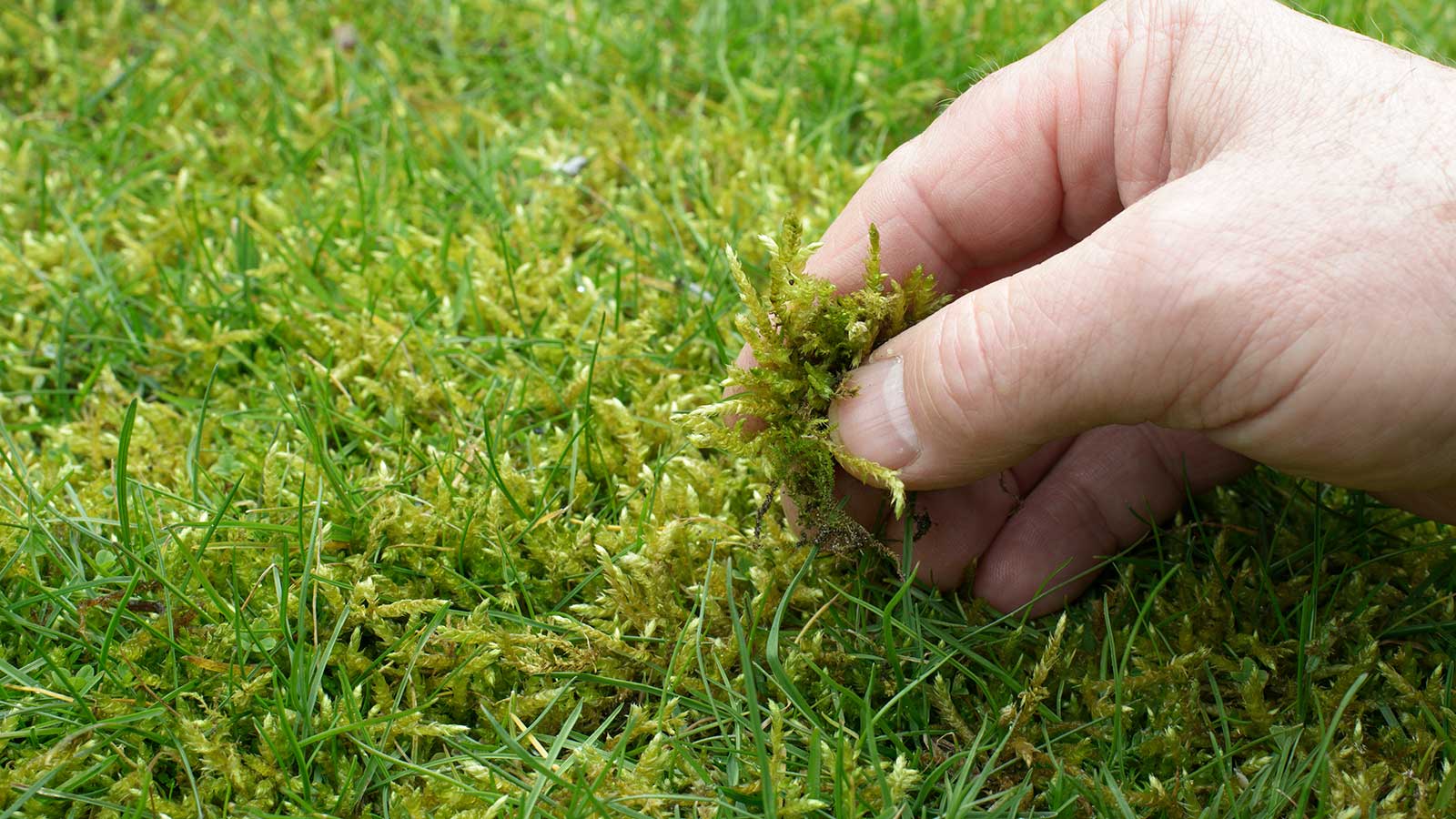

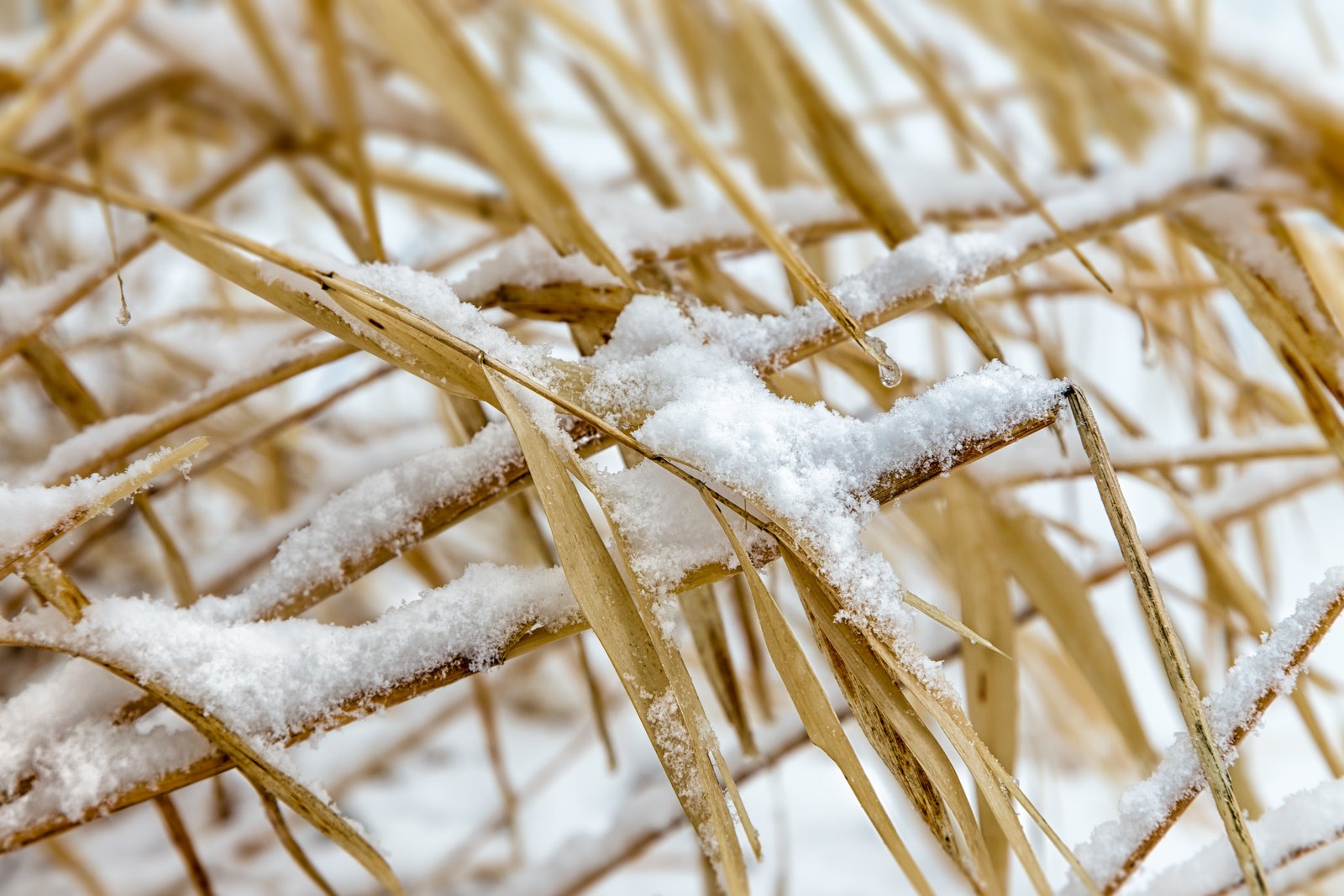
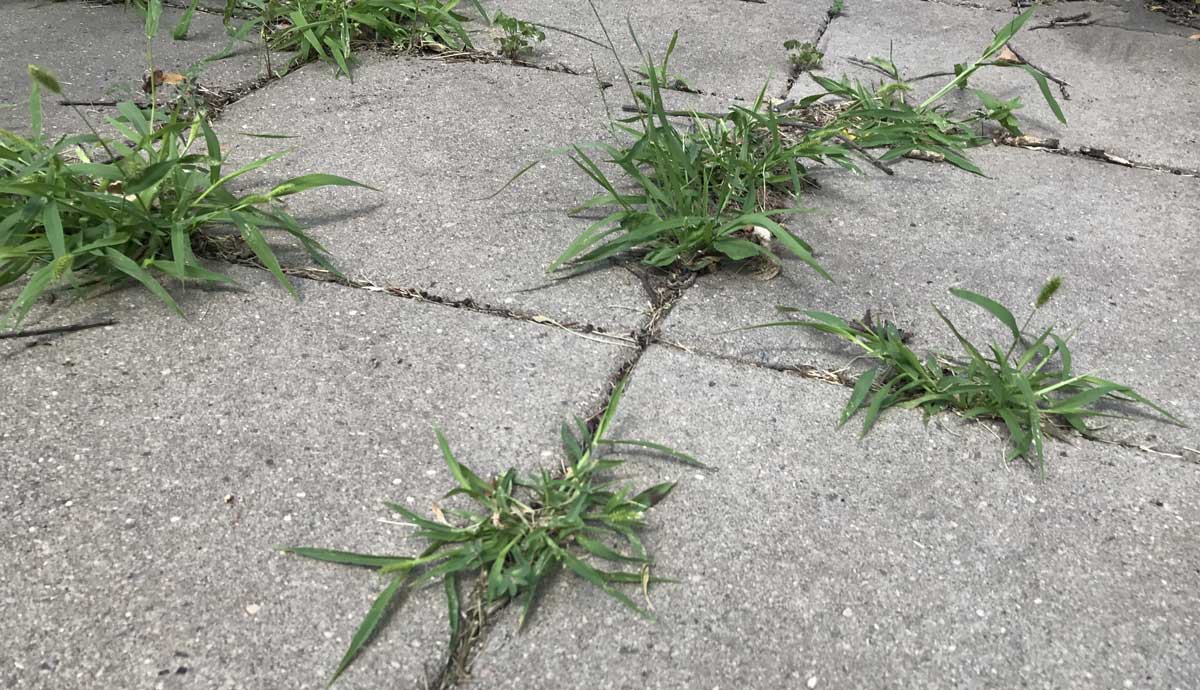
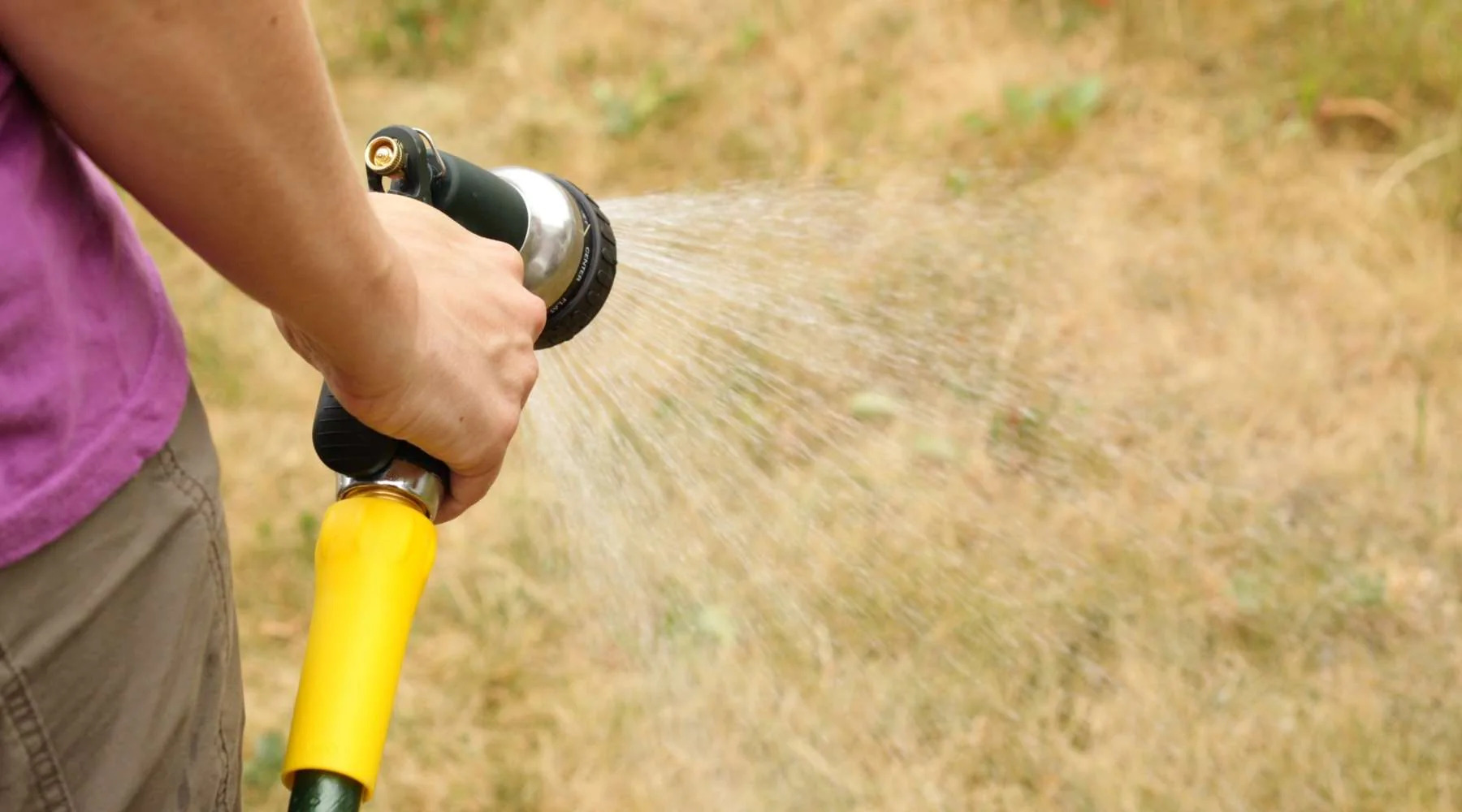
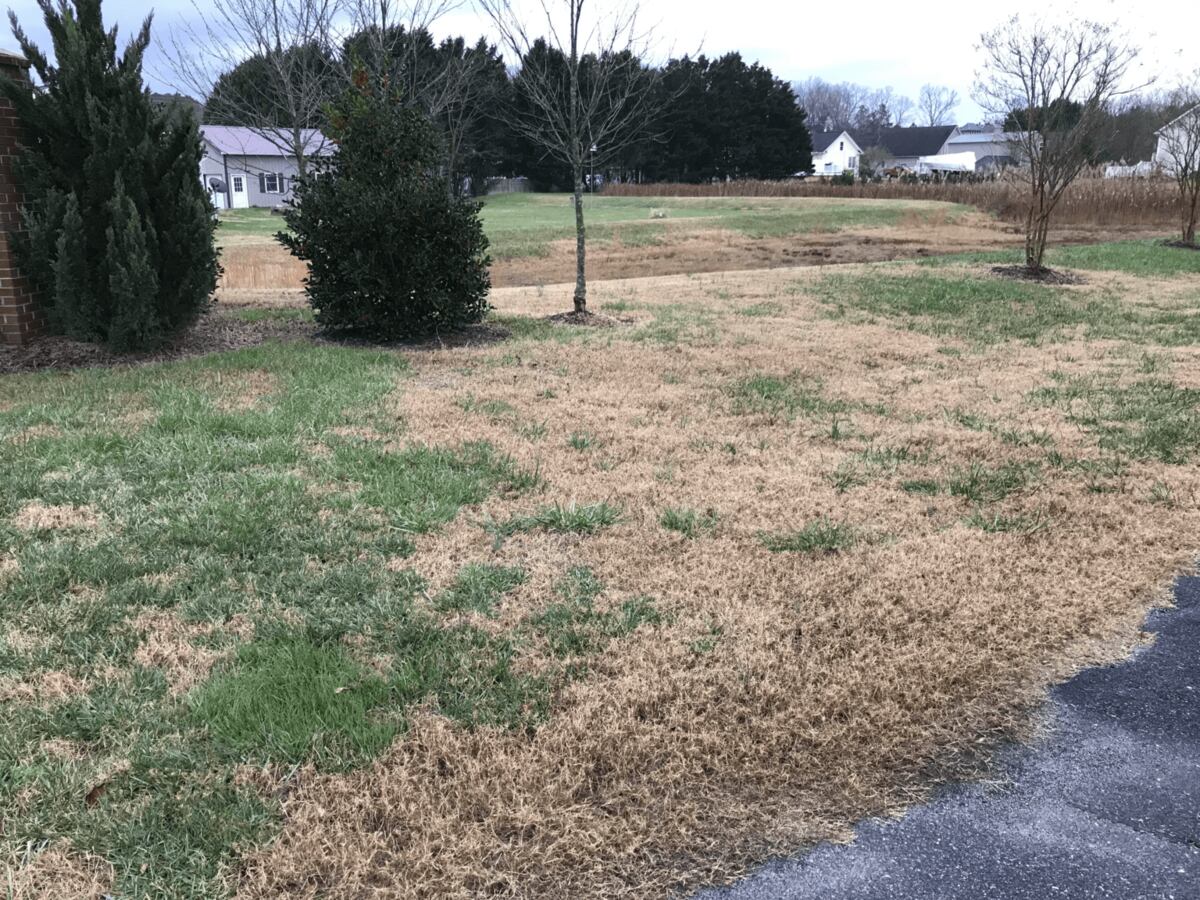
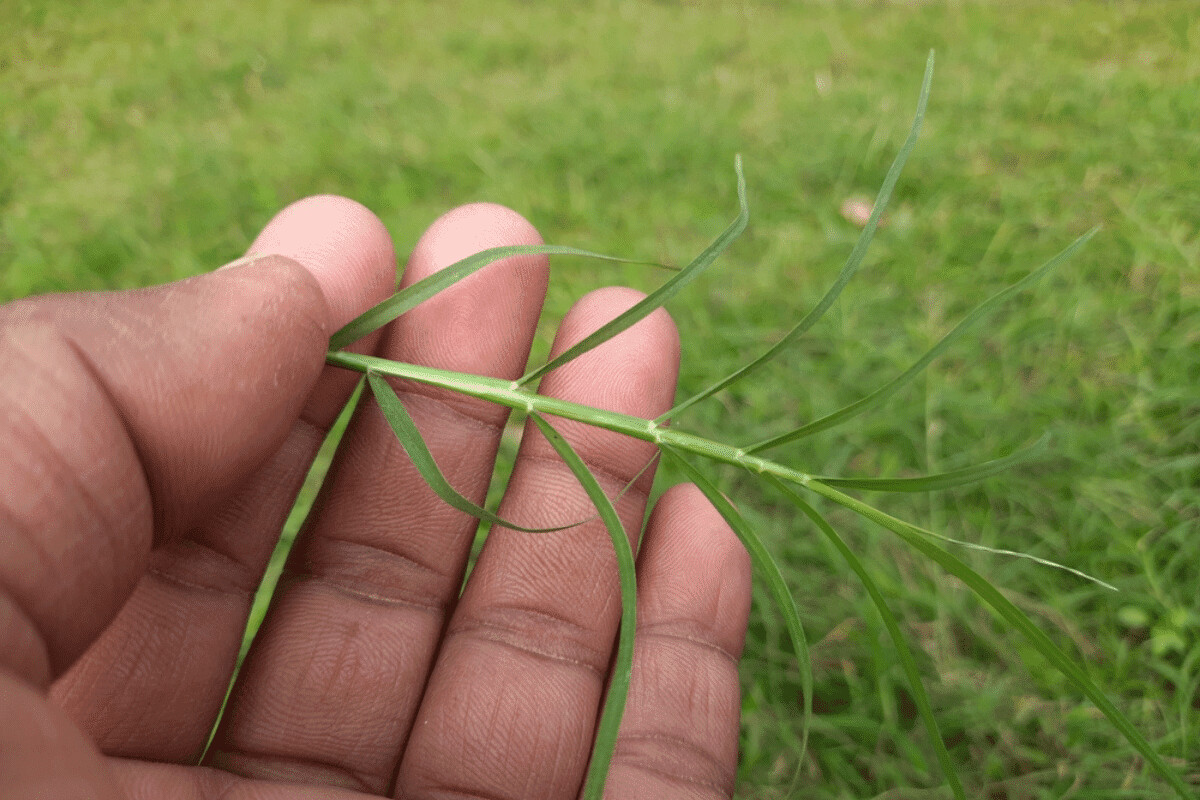
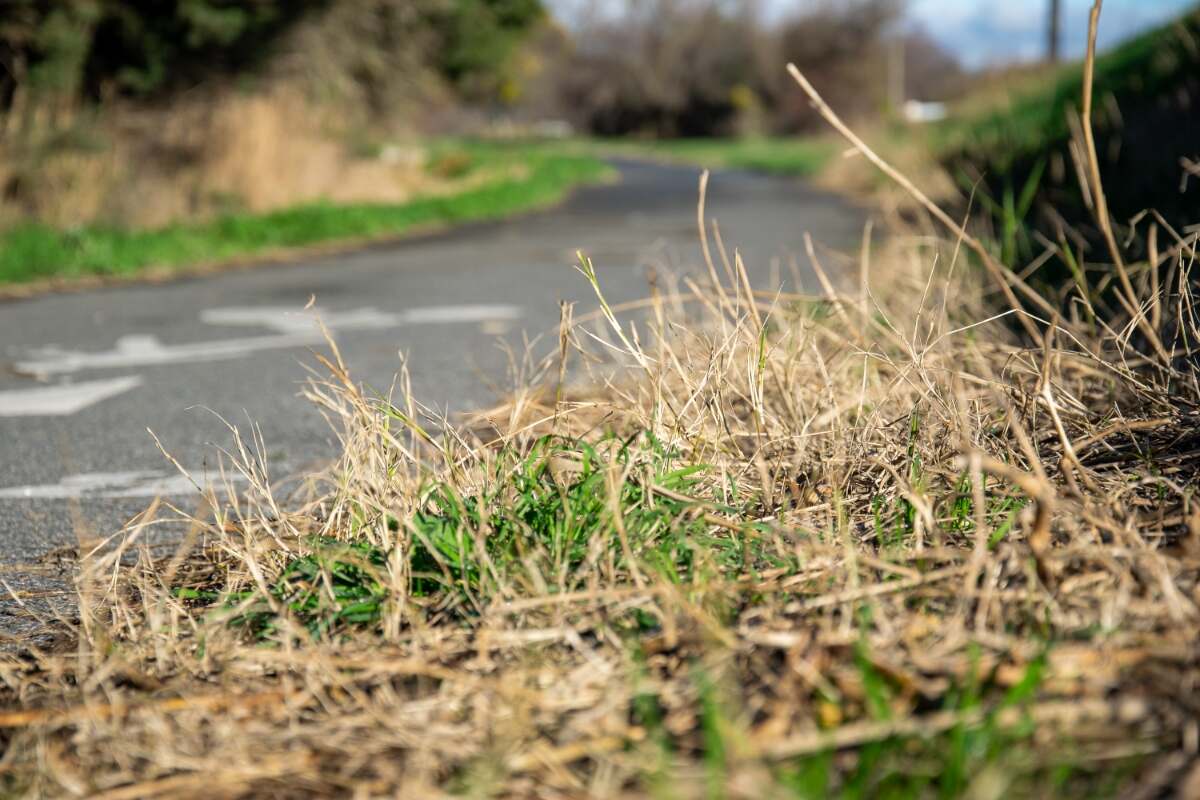
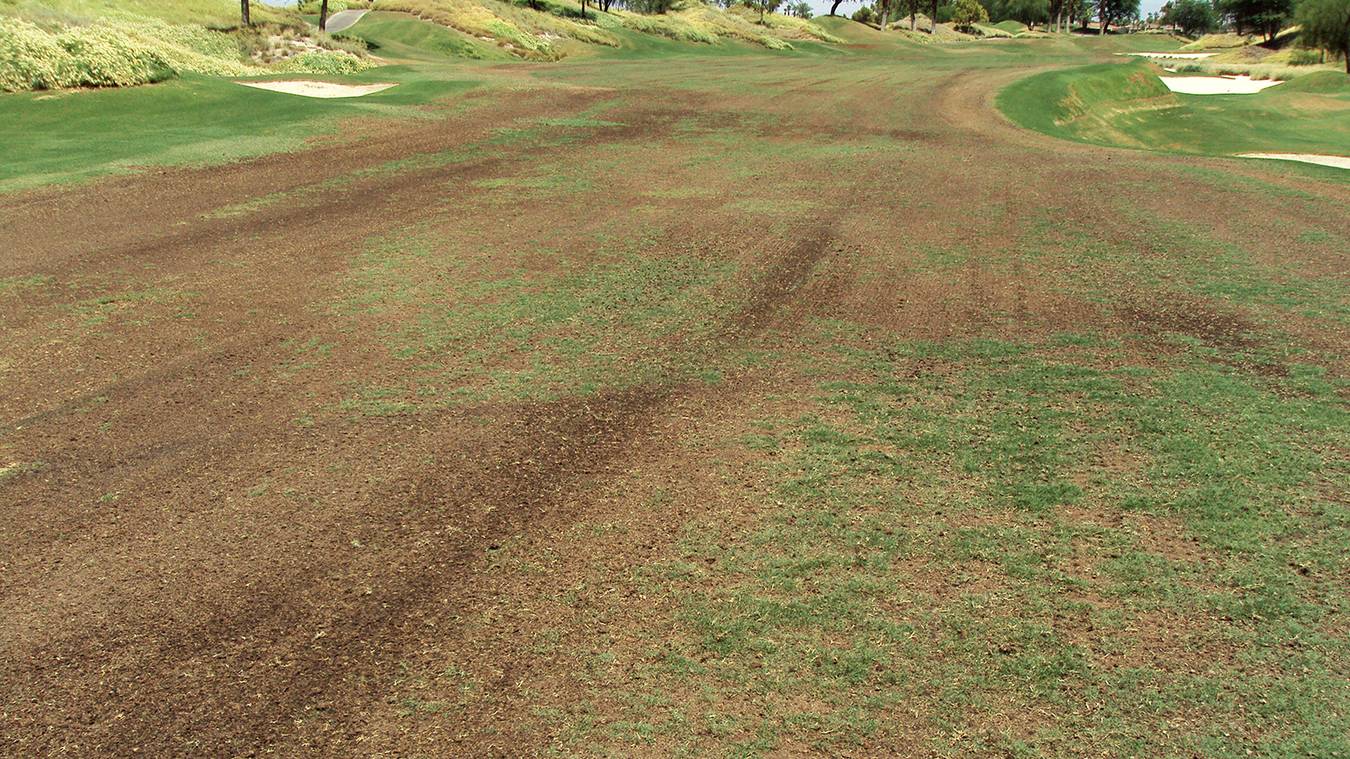

0 thoughts on “How To Get Dormant Grass To Grow”